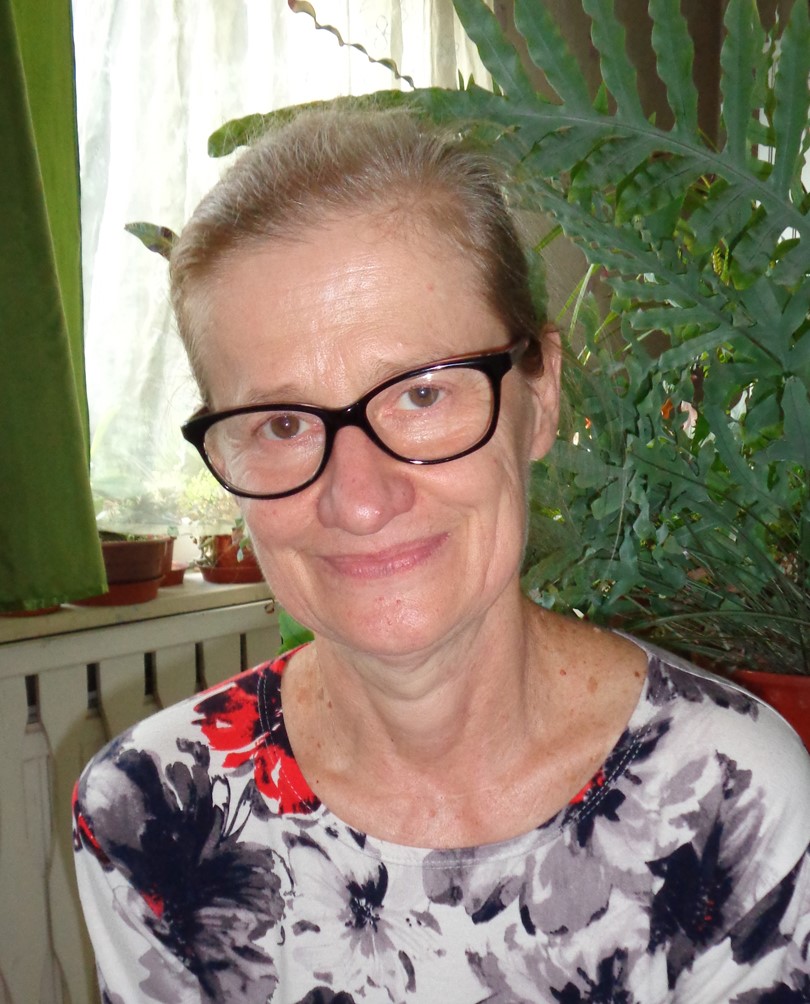Q&A Quantitative Plant Biology Associate Editor: Dorota Kwiatkowska

Launched in 2020, Quantitative Plant Biology is an open access journal, co-published by Cambridge University Press and The John Innes Centre with the aim of providing an interdisciplinary forum for high quality research on ground-breaking discoveries and predictions in quantitative plant science.
We sat down Associate Editor Dorota Kwiatkowska to learn more about her background, and hear her thoughts on what this community-driven journal means for the plant science community.
Can you tell us a bit about your background, and what your current research is focused on?
Since I was at school I have been shifting between physics/math, biology and back again: I chose a secondary school specializing in math and physics (with only a basic biology course) but at the same time I became fascinated by plants and started part-time employment as a technician at the Institute of Botany (Polish Academy of Sciences). My job was to prepare drawings of plants based on herbarium specimens.
Next, I was trying to stop shifting and decided to become an agriculture engineer. This seemed to be half way between plant biology and physics but did not work like that, so at university, again, I volunteered at a plant anatomy lab, and so on … As a researcher I had started on plant anatomy, and moved gradually via morphogenesis, growth and shape quantification, towards plant biomechanics. At present my focus is anatomy, morphogenesis and development from a biomechanical perspective.
What has been your biggest challenge/greatest achievement in your career so far?
I think the main achievement has been my contribution to quantification of morphogenesis, namely growth and geometry, in particular the development of empirical protocols and computer scripts to quantify geometry and growth of plant meristems, flower and leaf primordia, etc. We started this project together with Jacques Dumais during my Fulbright scholarship at Stanford University (Jacques is now at Universidad Adolfo Ibáñez, Chile) and later I continued the work with Anne-Lise Routier-Kierzkowska (then my PhD student in Poland, now at University of Montreal). This was also the biggest -and a very nice – challenge as I had to get back to math/physics basics and also learn some computer script writing from scratch. But it was a great fun.
This “achievement” was actually the continuation of what the late Paul B. Green, one of the icons of plant biomechanics, had started. I was very lucky to have a chance to collaborate with Jacques in the special environment, namely in the lab left by Paul Green, although I have never met Paul in person.
Why did you decide to become an Associate Editor?
First of all the scope of the journal is as close to my field of interest as possible. Second, I found it very exciting and it gives a unique chance to be with a new journal from the very beginning. And finally, I was looking forward to learning something new in terms of editorial work, and to be able to share my experience.
How will Quantitative Plant Biology benefit your research field?
This answer is the simplest (and the shortest 😊). Plant biomechanics, morphogenesis etc. are fully included in the scope of QPB, but it is also more than just that field. Thus it will be the most suitable journal and at the same time it will give a chance to broaden my perspective.
Do you have any advice for authors submitting to Quantitative Plant Biology?
Try to benefit from the interdisciplinary character of the journal; and use the opportunity it gives to present a quantitative approach to plant biology.
To submit your paper, go to: cambridge.org/qpb and click on ‘submit your article’
You can also find lots of useful information under the information tab, such as: Instructions for contributors





